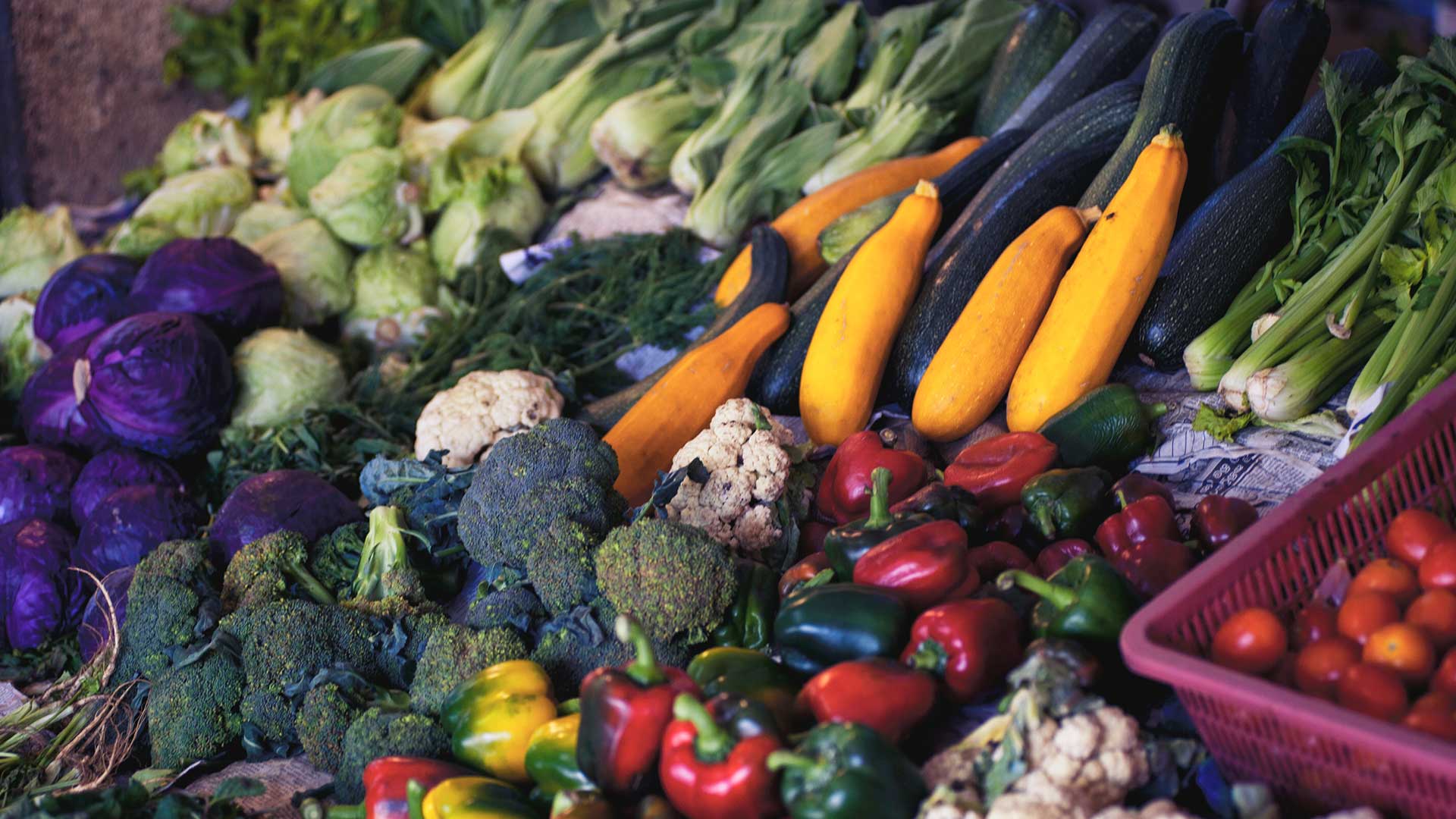How small farmers can produce for export
A commercialisation project in Ecuador 35 has organised some 450 smallholders for the production of broccoli for export. An important achievement is that these producers, who are organised into a cooperative, manage to get around nine tons of fresh broccoli of good quality to their collection centre every day. For this they designed, agreed upon and adopted a cropping calendar that coordinates the production so that a steady supply is possible.
In order to deliver 9 tons of the same quality every day, farmers need to get organised and have access to irrigation.
Otherwise they cannot control their cropping schedule. Irrigation is thus the key to supplying supermarkets and export markets, together with a good organisation of the farmers.
They also follow strict production practices. The export company sends a quality inspector to the collection centre at agreed intervals. He checks the quality, supervises the weighing, and inspects for pests and damages. Bad produce is rejected on the spot. The collection centre functions as well as a service centre for inputs : after the farmers have unloaded the broccoli in plastic crates, they collect hybrid seedlings to take back to their fields. Only in this way was it possible to reduce the transaction cost to a level at which small Ecuadorian producers are competitive in supplying broccoli to foreign markets. These farmers now have incomes of up to US $ 15,000 per year.
However, there is a high risk too, since the farmers have become so specialised and rely on one single product. Although the markets could absorb even more broccoli, because the supermarkets like the quality and regularity of the supplies, and increasing the production could further reduce the transaction costs, the project plans to promote diversification into other products in the coming years in order to reduce these risks.

